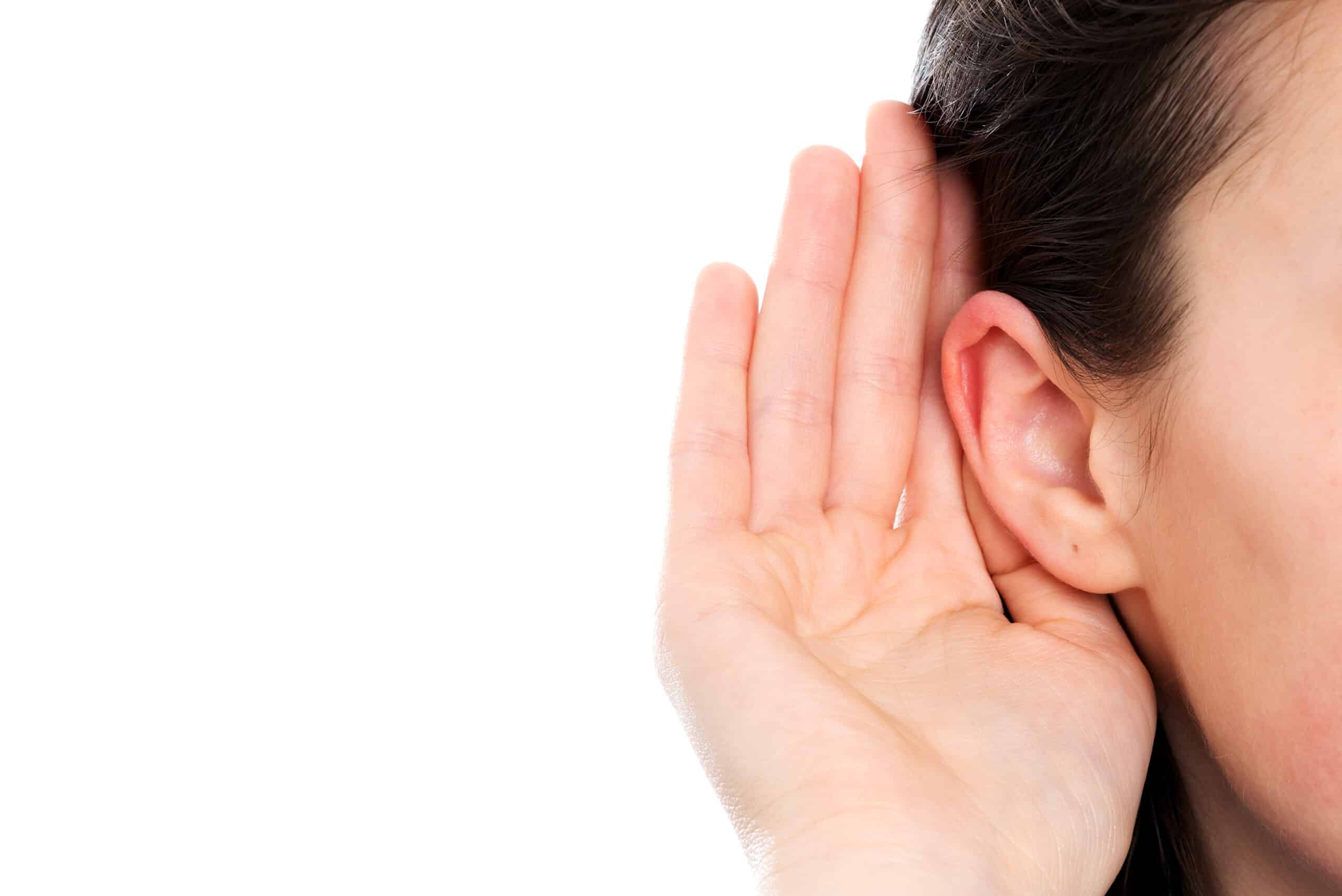As sound enters the inner ear it is converted into electrical signals sent to the brain via cochlear neurons; close to 95% of these neurons are type 1 transmitting most of the auditory information and the remainder being type 2.
Single cell RNA sequencing was used to gain understandings of the neurons at the molecular level. Type 2 neurons the smallest group was identified by their expression of Prph genes; and type 1 neurons were identified by lack of Prph and expression of Prox1. New markers were then looked for that would differentiate the 2 groups; the 3 subtypes 1a, 1b, and 1c expressed Prox1 and Slc17a6, Trpm2, and Epha4 with each subtype expressing a uniques set of genes in addition to the 4 genes expressed by all type 1 neurons.
It is now known that there are 3 different routes into the central auditory system not just one, according to the researchers their study may open new paths for development of genetic tools that may be used for development of new treatments using gene expression as marker to identify which neuron types are involved in different types of hearing loss, and as therapeutic targets as many cases of deafness are caused by genetic defects, as published in Nature Communications.
NIH researchers restored some hearing in mouse models of an inherited type of deafness after pinpointing exact locations of the mutation causing it using small molecules targeting DNA binding proteins blocking expression of genes key for hearing. Akouos is using gene therapy approaches to deliver genes to sensory cells in the inner ear as well as treat certain forms of hearing loss, focusing on monogenic forms of sensorineural hearing loss that occurs when changes to a single gene lead sensory cells or nerve fibers in the inner ear to malfunction.
Hyperacusis was highlighted by the team from Karolinska as potential application for their findings. The 3 type 1 subtypes are suggested to likely play roles in decoding volume which is important to hearing disorders. Once which neurons are known that cause hyperacusis researchers can start investigating new therapies to protect and/or repair them. Additional studies are planned to show effects the individual nerve cells have on the auditory system which may lead to development of better auditory aids.




